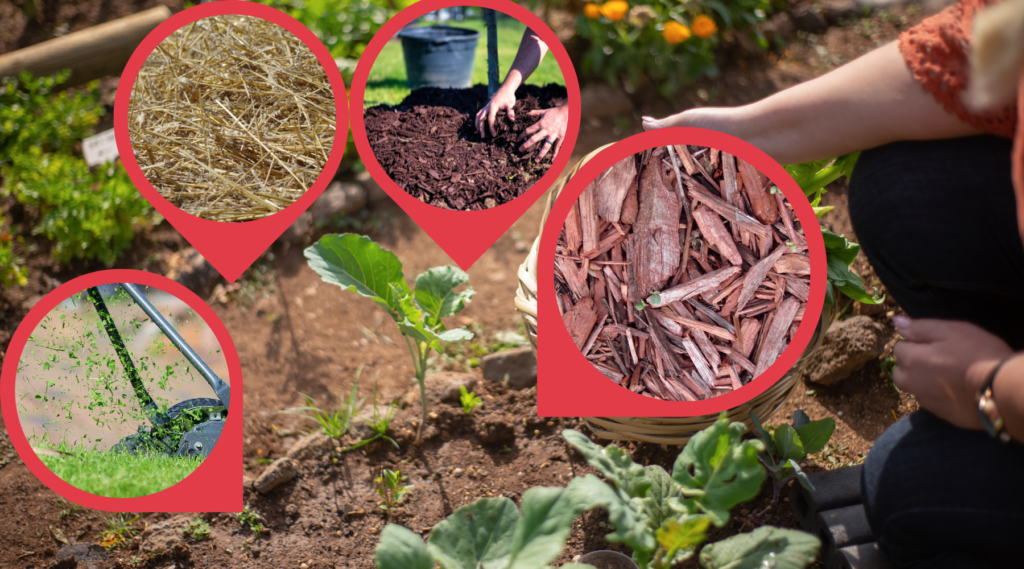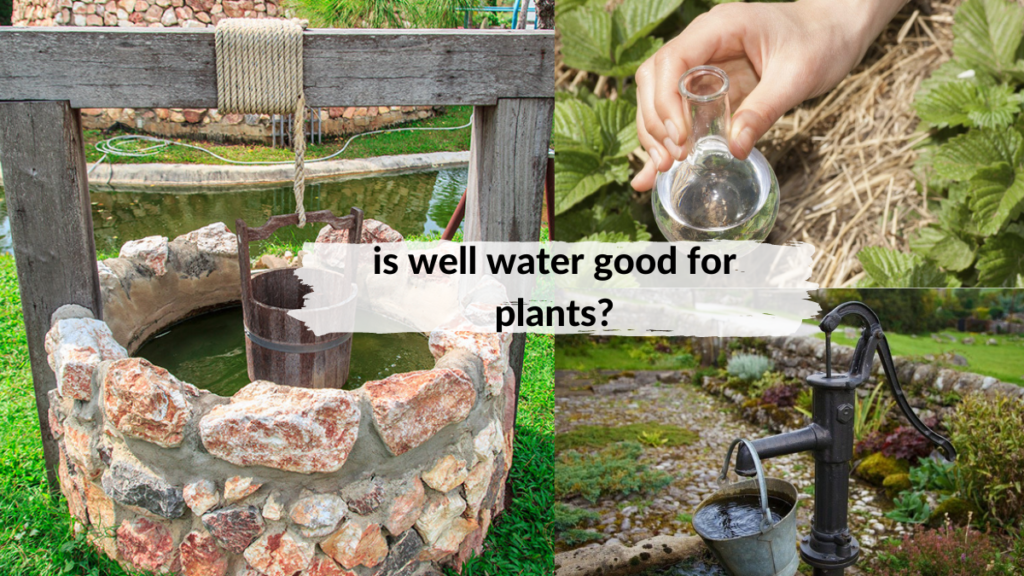Raised garden beds are containers that are usually made from wood. Finding the best wood for raised garden beds is one way to determine how safe, sustainable, and long-lasting the beds will become.
Among the popular options to build raised garden beds is cedarwood. There are also a few alternatives that you can use, but there are a couple of considerations that you should keep in mind before choosing one.
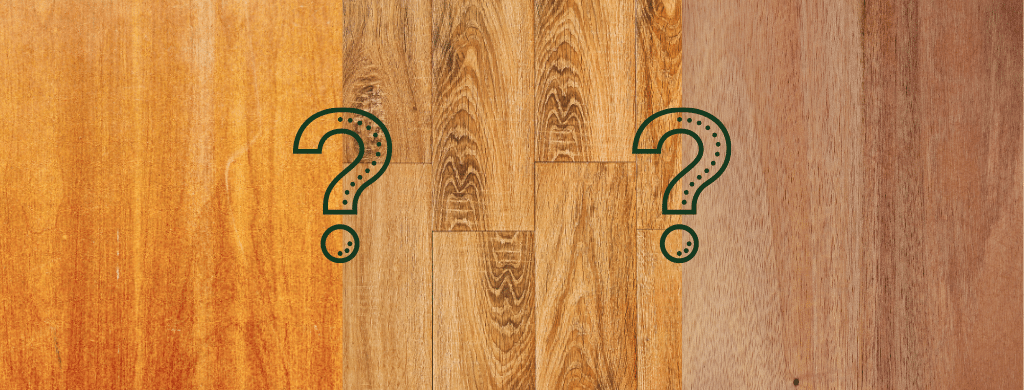
best wood for raised garden beds organic and cost-efficient options
For many, the best kind of wood for raised garden beds is cedar since it is naturally rot-resistant. Though the western red cedar is popularly used, white and yellow cedar and juniper are also suitable for outdoor projects.
Redwood is also an option as it has excellent rot resistance. However, this type of wood has limited resources. The lifespan of the wood will all depend on the weather conditions in your area and also the type of cedar you choose. Red cedar can potentially last 15 years or more depending on weather conditions.
Since cedar has a natural rot resistance feature, you are assured that it is organic and not treated with chemicals. It is a safe option to grow healthy food crops. With choosing the right type of cedar, you get a cost-efficient solution of keeping your raised garden beds for years.
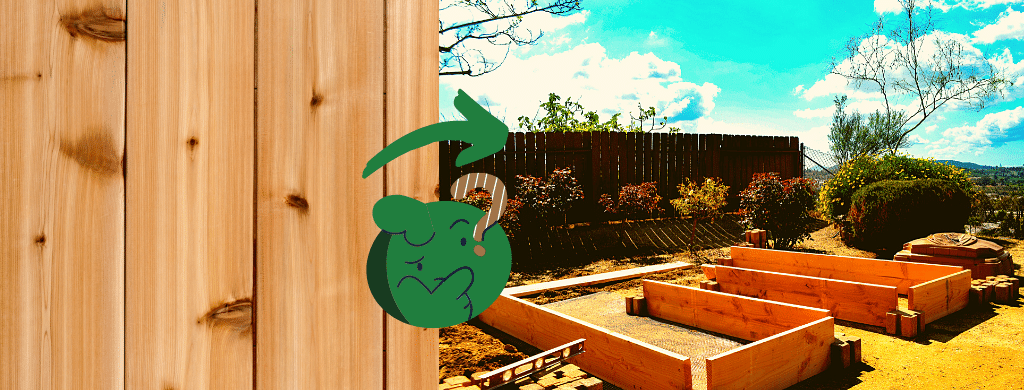
what makes cedar the best wood to use for raised garden beds?
There are many reasons why cedar is considered the best wood to build a raised garden bed. This type of wood not only has a rich aroma but also has many functional and beautiful characteristics. These characteristics make it a practical and unique choice for your home garden.
Some of the characteristics that make this wood a great choice appearance-wise include:
- Colour
Though the wood comes in various colours, it is still the same type of food. It just differs from the level of tannins from every type of tree. It is among the unique characteristics that other types of woods may not have.
- Knots
When checking, cedarwood has knots similar to other boards. Though this particular feature does not affect the wood’s integrity, it adds up to its interesting look.
- Prone to Checking
Checking is when the grain of the wood is slightly separating on the surface as it slowly dries out. It may look like a split, but it is different. This particular characteristic has nothing to do in affecting its quality and integrity.
Features that make cedar a great choice functionality-wise include:
- Rot-Resistant
For growing organic crops, you shouldn’t worry about your crops lacking water, as this wood doesn’t absorb water quickly. This is also the reason why it won’t rot easily like other woods.
It is also naturally insect-resistant, which prevents it from rotting much faster. Also, this assures you that you won’t worry about getting rid of termites.
- Impressive Linear Strength
This wood’s impressive linear strength makes it difficult to break or bend it. For it to break or bend, it will require the use of more pressure or special tools to cut it.
With these characteristics, there is no doubt, why this wood is used when building a raised vegetable garden. Aside from Cedar, there are still other woods that can be used for building garden beds.
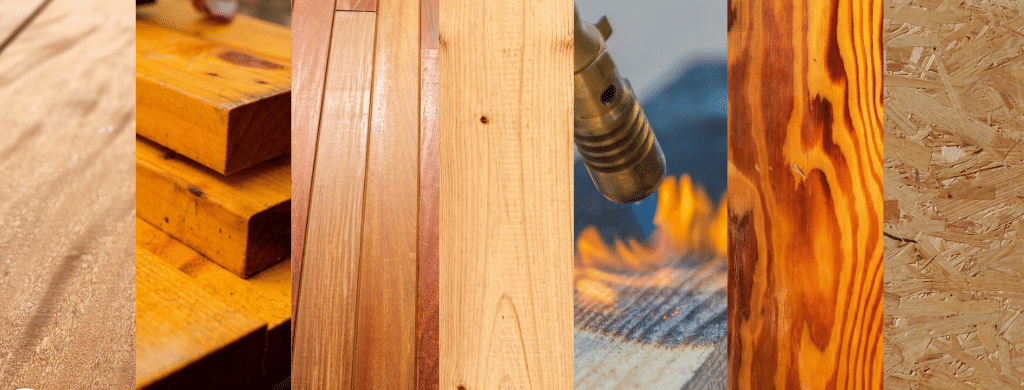
other type of wood used for raised garden beds
There are other types of wood that you can use for building garden beds. These woods are:
pressure treated wood
Treated woods were popular options before, but no until it was banned by EPA. This is true especially for those chromated copper arsenate or CCA treated lumber. Today, there are lumbers treated with copper azole and alkaline copper quat that replaced the CCA woods.
These woods are usually used for residential projects. However, these are not allowed to be used for garden soil.
garapa
An exotic yet high-quality wood that you can also use is Garapa wood. It is derived from Southern America and has caramel brown to amber colour. The wood is known to adapt to varying climate conditions and remains stable.
It is also mould, fungi, and insect resistant, which prevents it from rotting. Since it has high density, it is scratchproof and can last for over 25 years.
ipe
This is another chemical-free wood that performs great in any weather condition. It has an impressive hardness. It is also naturally rot-, termite-, and mould-resistant.
What makes Ipe a good choice is it can last for more than 75 years. However, since it is a high-quality wood, it might not be a cost-efficient option for your garden beds.
pine
Make sure that the pine boards that you’re going to use are not treated. It can last for about 5 years, as it is not rot-resistant. You can make pine boards last longer if you paint them with raw linseed oil. After a year, it can turn into a gray colour, but won’t rot easily.
charred wood
Charred wood or wood that has undergone sho sugi ban or wood burning is a natural way of wood preservation. Charring the wood helps in making the boards bug-resistant, weather-resistant, and even fire-resistant.
You can use the type of wood that you prefer, and char it using a torch. It can be used for years also.
douglas fir
This is the cheapest wood that you can get and use for your garden beds. It can also last for about 7 years.
composite
Another alternative that you can use is composite lumber or those made from recycled wood shavings. You can use it but it is not highly recommended.
When it comes to choosing the wood for your garden beds, it is still recommended that you go for untreated wood. Other alternatives that you can use are cinder blocks and concrete blocks, but this may require a long time building unlike using wood boards.

Things to Consider Finding the Best Wood for Raised Vegetable Garden Beds
There are key traits that you should consider when looking for woods to use for building your garden beds. These important traits are the following:
1. recommended wood for raised garden beds must be locally-sourced and sustainable
The best option and cheapest you can get is locally sourced from tree farms that are managed sustainably. Stay away from providers that are sourcing wood from old-growth forests.
2. the wood should be FSC certified
Use wood that has an FSC or Forest Stewardship Council certification. It is an international and non-profit organization promoting responsible forest management.
3. safety of the wood’s quality
When creating a food garden, you must avoid using treated woods. Remember that what goes in the soil can be absorbed by the plant roots and affect their crops.
For some gardeners, they take precautionary measures before they fill the beds with soil. They line the beds with plastic to create a barrier between the soil and wood.
4. rot-resistance and durability
The lifespan of the wood you use not only depends on its type but also on the local conditions. Not using a rot-resistant wood may result in issues like shorter lifespan and more expenses as you have to replace them in a couple of years.
When building your garden beds, you have to spend some time preparing all the materials that you will use to prevent wasting money, time, and effort.


